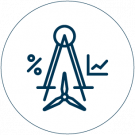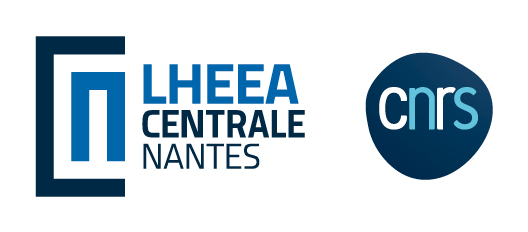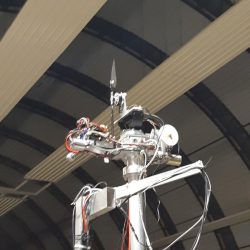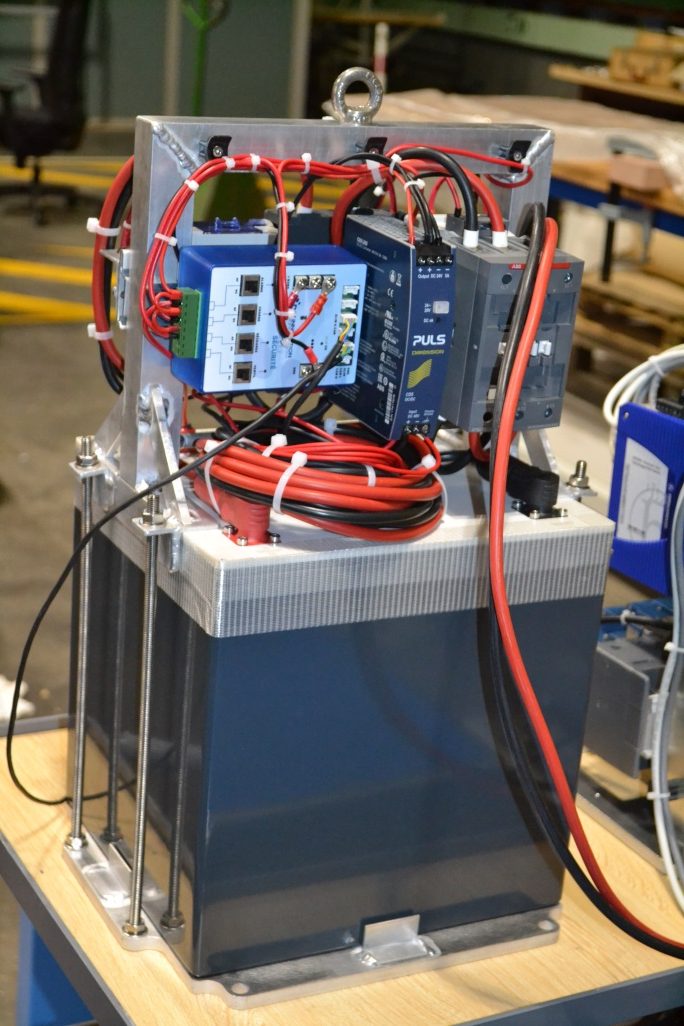
Key characteristics
Experimental testing is an important step into the design process of floating wind turbines. Testing at different scales is necessary as a project progresses. The experimental modeling of floating wind turbine requires tackling several challenges in order to represent as closely as possible the influence of the rotor on the whole structure. The physical phenomena and the forces due to wind and waves are not governed by the same laws of similitude. This incompatibility requires modeling compromises that often limit the representation fidelity a floating wind turbine in operation. The SOFTWIND project aims at developing a robust experimental platform that tackles these similitude issues by using a software in the loop approach.
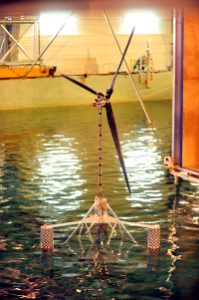
The project aims at helping the setup of an aerodynamic actuator for wave tank testing of model floating wind turbine. A battery (Li-FePo4, voltage 48V, charge 72Ah)and drone propellers are targeted as parts of the whole SoftWind (WEAMEC project) system.
Example of MRE applications
The components are applied during floating basin tests of floating wind turbines. They participate in the scaled down reproduction of the aerodynamic torsor exerted on the rotor blades in motion in a turbulent wind.
All the wind and wave conditions encountered by floating wind turbines can be reproduced so as to characterize finely the hydrodynamic behavior of the float.
